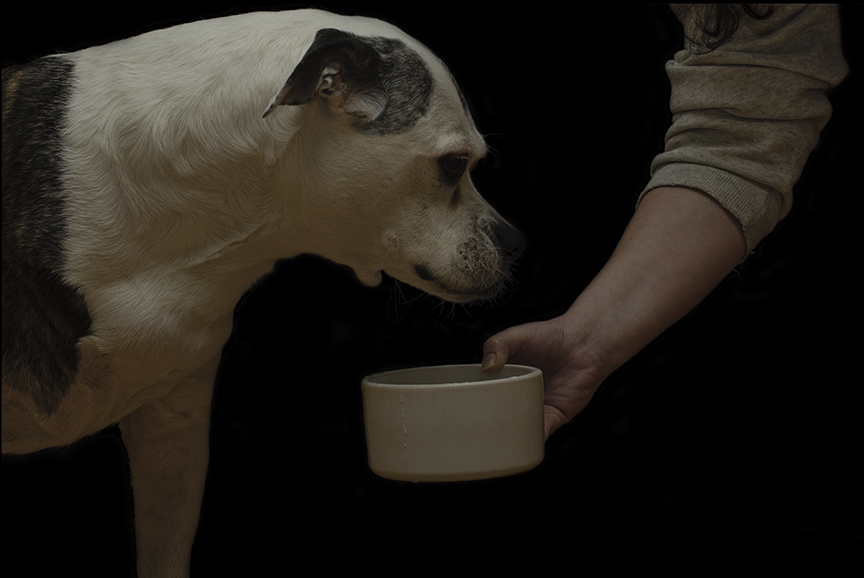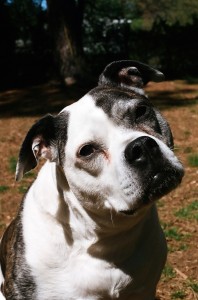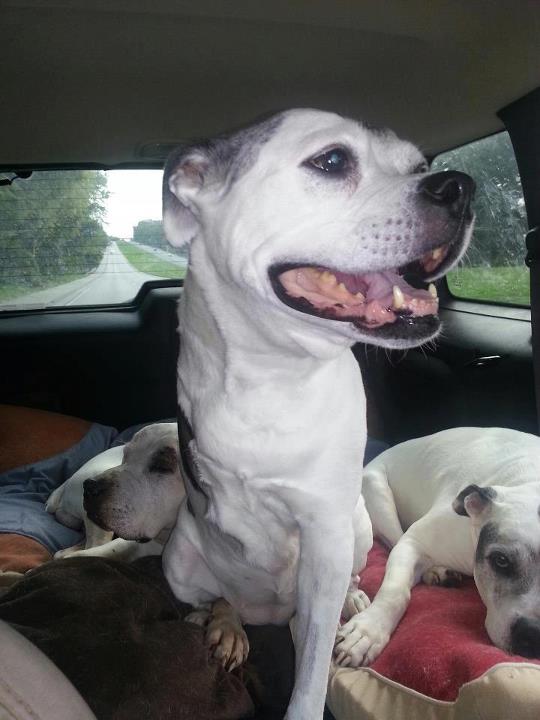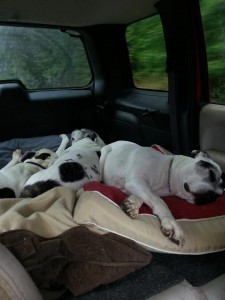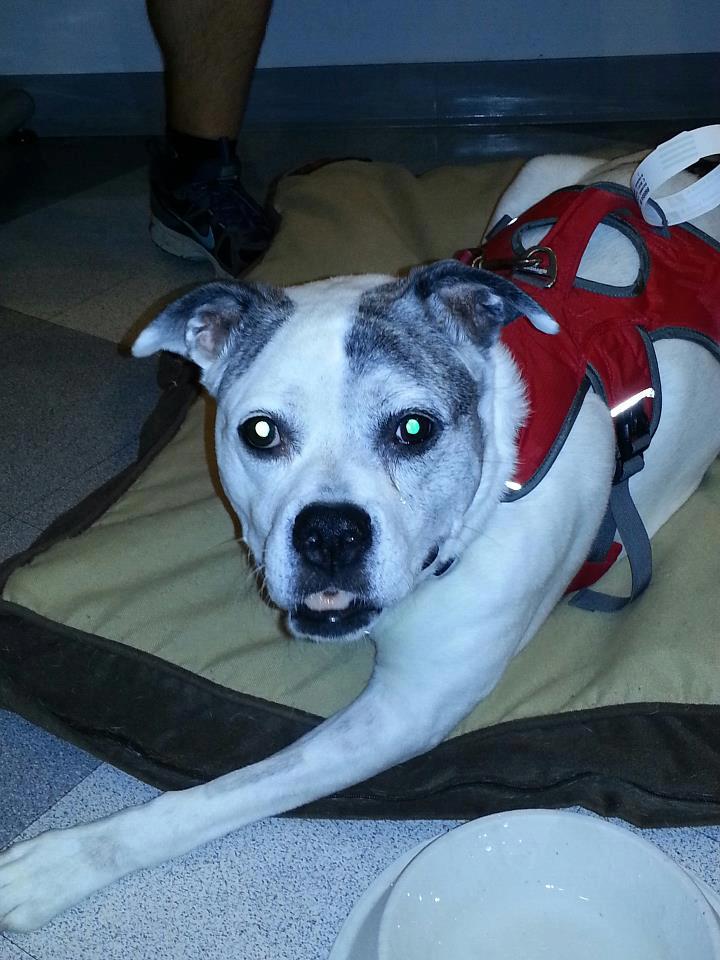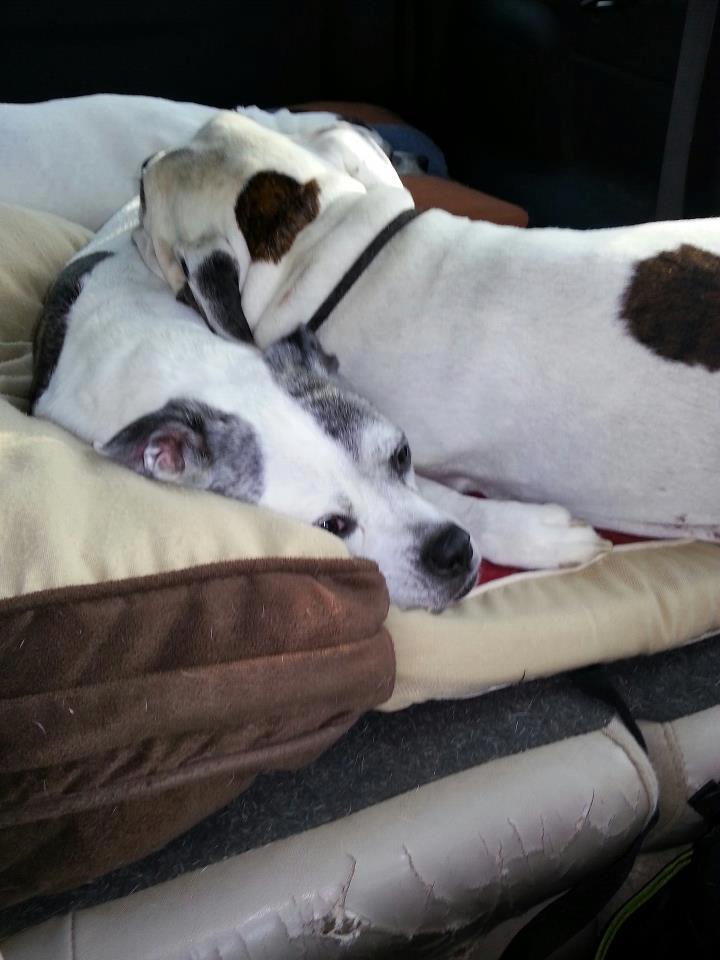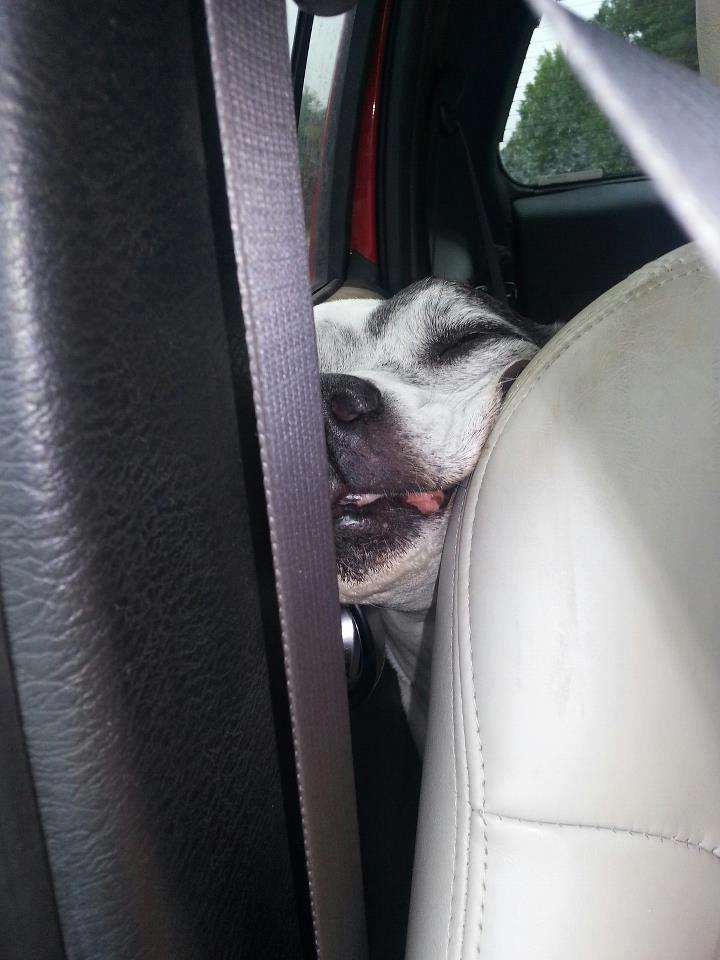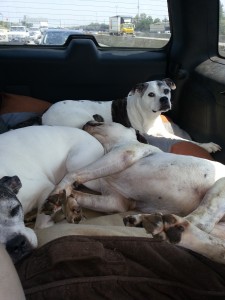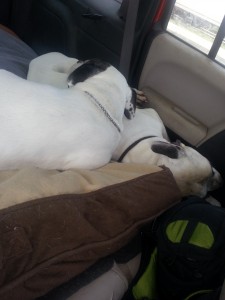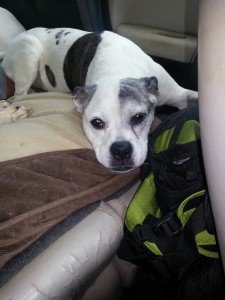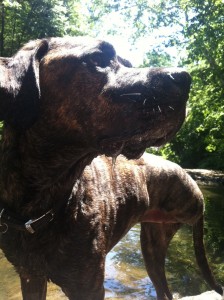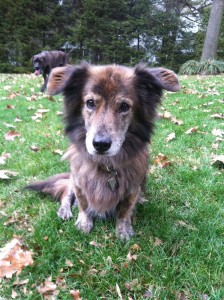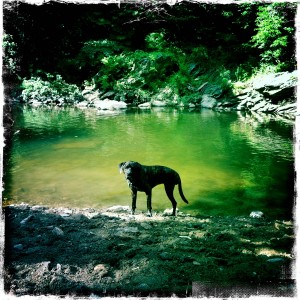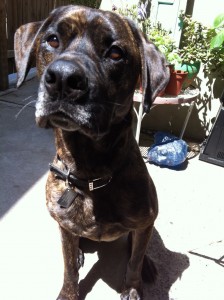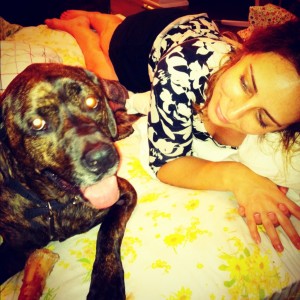The phone rang at 1:48pm on February 26. It was Dr. Neuenschwander from Brentwood Animal Hospital. I had dropped Sasha off earlier in the day for a radiographic examination of her left leg and pelvic region. She had been in some pain that was causing her to avoid putting weight on her left leg. When we arrived at the veterinary office, Sasha was using her left leg primarily as a means of balancing herself. Her leg would tremble when she stood still, but that was attributed to being a product of the leg not bearing any weight. Liliana was no longer satisfied with the explanation that arthritis was the likely cause of Sasha’s symptoms, and that is why Sasha went in for X-rays, and that is what lead to our hopes being dashed and our fears being realized. The cancer had returned.
Dr. Neuenschwander explained that Sasha had tumors on her left femur and the left side of her pelvis. I couldn’t believe what I was hearing. I fully expected to hear that Sasha’s joints were deteriorating due to arthritis, but the thought of cancer returning to her body was not news that I was prepared to hear. The dog that I took to the vet’s office that morning was a happy, healthy animal with a sore leg. She was not a dog with cancer-riddled bones. Sasha was beating the odds! The cancer had been cut from her body, and any remnants were destroyed by chemotherapy treatments. Her immune system was trained via vaccine to seek out and destroy any rogue malignant cells that dared to take hold in her beautiful body. The cancer was not supposed to come back. Sasha was supposed to win the battle and the war!
Many tears were shed on the day that we found out the bad news. I think the pain that Liliana and I felt on that day was worse than what we felt when we learned of Sasha’s first diagnosis. The good news is that Sasha has no idea what is going on and she must have been thinking that her Mom and Dad were going loco with all the emotion going on.
Sasha has always been a stoic dog in the face of adversity, discomfort, and even pain. She represents her breed well as she embodies all the qualities of a good American bulldog. She stubbornly pursues tail-wagging fun, and avoids, just as stubbornly, things and activities that do not please her. Sasha is not one to lie down before the trials and tribulations of life, and so Liliana and I will try to be as tough as she is and help her continue her war against osteosarcoma.
Dr. Mason had already received the news about Sasha from Dr. Neuenschwander when Liliana and I called her the day after Sasha’s X-rays. We spoke with her on speaker-phone for forty-five minutes. Have I mentioned before that we love Dr. Mason? Well, we do. Anyway, part of what we talked about was, ‘what’s next for Sasha?’ We talked about several options, but the conversation centered mostly on Palladia. Palladia is an anti-cancer drug that works by blocking the signaling of several growth receptors and inhibits the growth of new blood vessels in tumors. A clinical trial using Palladia and Cyclophosphamide was running concurrently with the L. Monocytogenes vaccine trial at UPenn. The trial closed recently, so results are lacking, but hopes are high, and following its use in 2009 to treat dogs with a variety of cancers, evidence suggests that Palladia extended the lives of dogs with OSA longer than if they had only been treated with chemotherapy.
I called Dr. Hauck from NC State Veterinary Hospital the next day to see about getting Sasha started on Palladia. Dr. Hauck agreed that Palladia was a possible option for Sasha and asked to see her the next day for blood work and a urinalysis. Palladia has many possible side effects, some serious, and Dr. Hauck wanted to ensure that Sasha was healthy enough to begin the new treatment. When the lab was finished with Sasha’s blood and urine, the results were called, “beautiful”. Once again, Sasha had good blood and good pee. Sasha began taking Palladia that same day. She is to be given a 75mg dose once each Monday, Wednesday and Friday for two weeks to see how she tolerates the drug. If all goes well, more Palladia will be prescribed along with Cyclophosphamide. I’m happy to write that after three doses, Sasha appears to be 100% side-effect free! I’m sure that some side effects take longer to manifest, but I say this is a good start!
We will try to do a better job at keeping everyone up to date on how Sasha is doing. I’m sorry that the posts on Lili’s Notes have been few and far between. Liliana has been extremely busy in her new job, and I – well, I’ll just say that life can be difficult sometimes. I’m sure you’ve all heard the phrase, “when it rains, it pours”. I just wasn’t prepared for the buckets that have been crashing down on my and Liliana’s heads lately. Anyway, I’ll try harder to do a better job here. In the meantime, check out Sasha swimming at Lap it Up in Durham the day after we found out that the cancer had returned:
